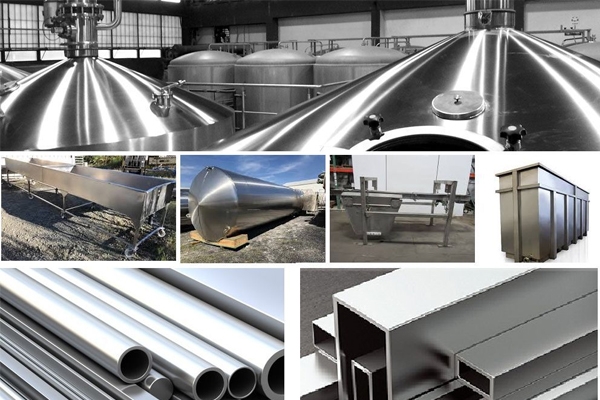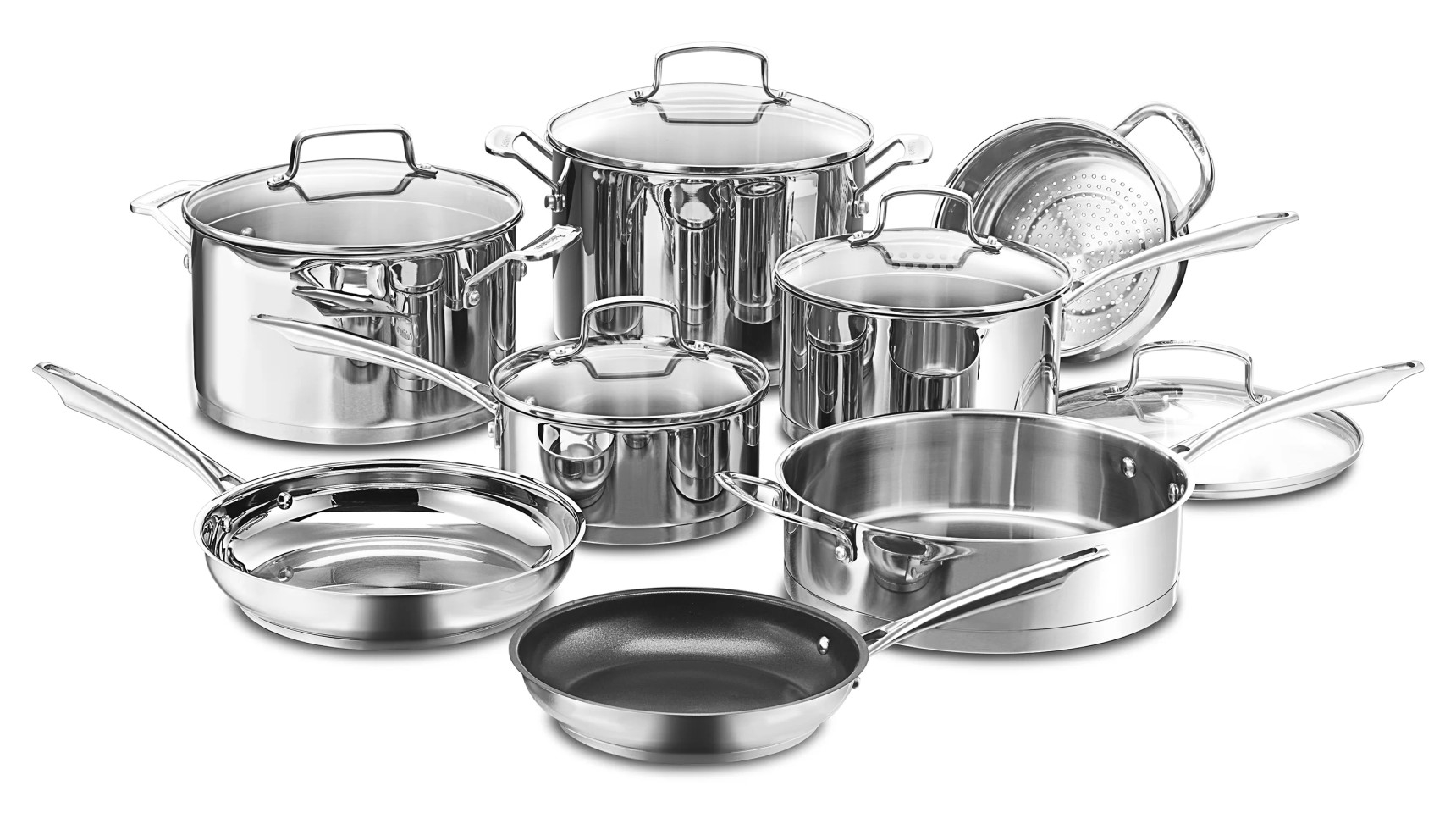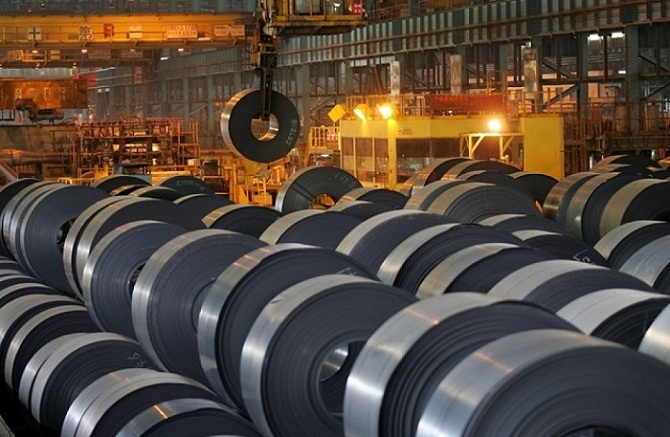Latest Stainless Steel Pice Processing
stainless steel is a very popular material these days. stainless steel is used in most manufacturing and civil industries. in addition, stainless steel also has outstanding aesthetics and durability compared to other materials. nearing to 2018, ocean stainless steel sends to readers the latest stainless steel - stainless steel picce processing
what is stainless steel?
stainless steel is an iron alloy containing a minimum of 10.5% chromium. in addition, other alloying components such as nickel, molybdenum, titanium, copper are also added in proportion to increase strength, oxidation resistance, wear resistance, ductility and formability.
stainless steel has many types with different chemical composition ratios to meet different types of products. stainless steel metal production process is equally complicated, but can be summarized by the following basic steps: raw material preparation, smelting - casting, rolling, annealing - pickling.
stainless steel pice processing
materials
stainless steel is not only the most widely used material but also the most recycled globally. it is estimated that about 82% of stainless steel in use will be recycled into new stainless steel with the same properties as the original steel, without any loss of quality. before the material is put into the next processing, checking the quality of the workpiece is extremely important.
this inspection ensures that there are no harmful radioactive components remaining on the raw material/scrap. this is also the stage when the manufacturer can determine the content of alloying elements in order to classify and arrange according to the right type/appropriate grade of stainless steel.
melt
this is the first stage in the stainless steel production process, including 04 steps:
1) melting materials in an electric arc furnace (eaf - electric arc furnace)
raw materials / scrap (including alloys and non-alloys) are melted in an electric arc furnace by exposing a carbon electrode to stainless steel and alloy debris. the current passing makes the temperature of the arc up to 3500oc and the temperature of molten steel up to 1800oc. producers can add carbon, ferrosilicon, oxygen, or a fuel gas mixture to speed up the melting of the material.
2) remove carbon, sulfur or nitrogen
after the material is melted, it will be transferred to the aod - (argon oxygen decarburization) stage. this is the stage where the carbon content is reduced to a certain extent by adding an oxy-argon mixture and adding some alloying elements. a mixture rich in iron and low in alloying will dissolve in the arc furnace. nickel, molybdenum, and ferrochrome are also added during this stage.
3) adjust the temperature and composition of stainless steel
this is the final chemical composition adjustment step of the material. the proportions of the components are more or less, the properties of the materials in which group will depend on this stage. stainless steel is free of impurities and accurately homogenizes the temperature and chemistry of the material.
4) casting of slabs or ingots
the material is now in liquid form and is transferred to the billet casting area to become a billet of a specific size.
hot rolled – cold rolled stainless steel
using materials that are already semi-finished products such as plates, flowers, billets or slabs for metalworking that occurs at temperatures above the recrystallization temperature of the material is called hot rolling. at this stage, the deformed particles recrystallize and maintain a stable structure for the particles of nearly the same size. this prevents the steel from hardening.
some of these materials are further processed to reduce the sheet wall thickness or draw the wall of a pipe or stainless steel wire called cold rolling. with the help of machines with working shafts of small or very small diameter, it is suitable for cold rolling of stainless steel sheets into products of various sizes.
annealing – pickling stainless steel
this stage helps to restore the material properties after cold rolling. by heat treatment to stabilize steel crystal structures that are already deformed or displaced during rolling. the product is then passed through a mixture of cleaning acids and cleaned with high-pressure cleaners to remove rust stains. this step eliminates product defects, and creates a product with perfect mechanical properties. in addition, this step also helps to create a thin protective layer (chromium oxide) for the product.
==> see more:
- orbital welding technology: concepts, features
- orbital orbital welding - introduction, composition
- orbital welding machines for the pharmaceutical, food,...
finishing stainless steel products
after the above stages, stainless steel is cut into specific and diverse shapes, suitable for many different applications in life. this step is done by mechanical cutting techniques and some specialized tools. can be cut into sheets with different widths as standard.
some manufacturers also cut to pre-ordered square or rectangular sizes. normally, stainless steel sheets will be protected by sticking a plastic film on the top of the steel to avoid scratches during transportation to customers. the finishing stage is the stage that accentuates the aesthetic of the stainless steel.
this step is very important and indispensable in the production of stainless steel, because it affects the flatness, smoothness, and ease of cleaning of the product. in particular, this is a prerequisite for products in the field that need to pay attention to hygiene
hope the above information has helped you better understand the stainless steel pice processing. to update more related articles, please follow our website regularly



